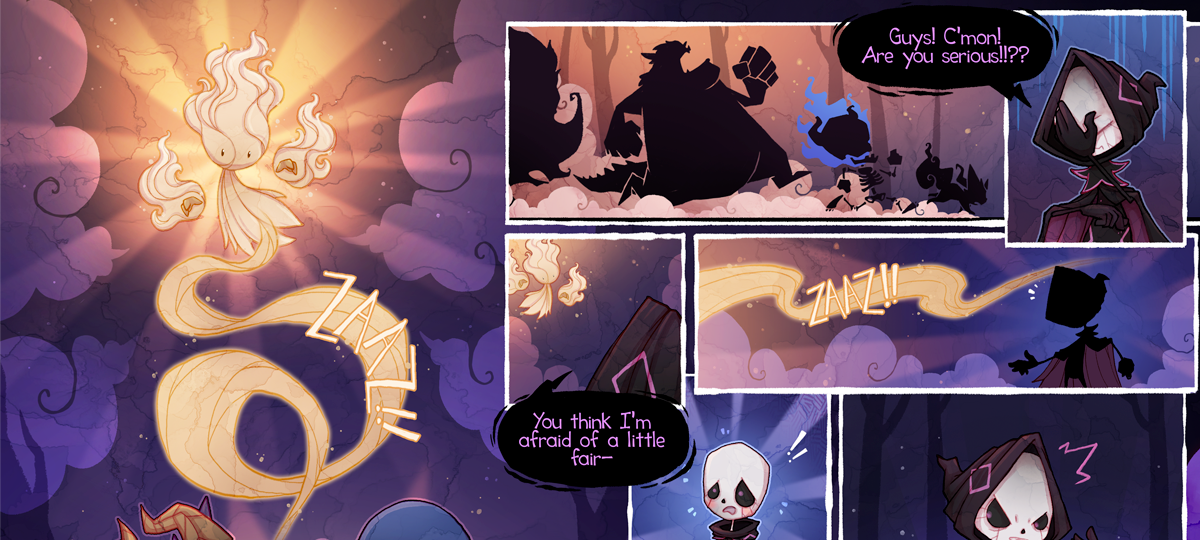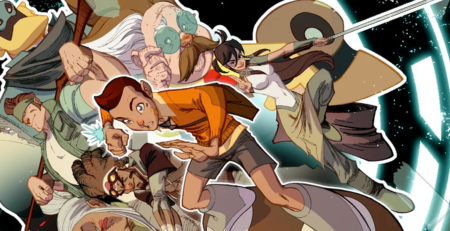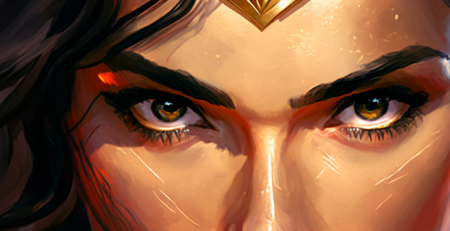Add some color
Coloring is an important step in creating the final artwork for your comic book. It adds depth and dimension to your drawings, and can help establish mood and atmosphere. In this blog post, we’ll discuss some tips for effective and efficient coloring.
- Planning: Before you start coloring, plan out your color scheme. Consider the tone and mood of your story, and choose colors that reflect that tone. Use color theory to help you choose colors that complement each other and create visual interest. Literally I’m saying copy the look of another book, movie, video game etc. Art is appropriation and this is no different. Look in the feel of the book colorwise and your book will feel more cohesive.
- Layering: Use layers when coloring to make the process more efficient. Start with a base layer of flat colors, and then add shading and highlights on top of that. This will make it easier to make changes or adjustments later on. Some also call this creating tones, it allows you to plan out how you are going to use color blocks without going into so much detail that you can’t get yourself out of.
- Brushes and tools: Use high-quality brushes and tools when coloring. This can include digital brushes or traditional brushes and markers. Use tools that are comfortable to use and produce the desired results. I’m going to just assume most people are using digital brushes here and tell you to buy some high quality digital brushes. It will give you book the right feel and mood. You can even create your own brushes if you wish. However do not limit yourself to the included packaged brushes of whatever software you are using.
- Textures: Add textures to your coloring to make it more visually interesting and realistic. This can include textures like wood grain, metal, or fabric. Use digital tools or traditional techniques like stippling to create texture. A little texture can go a LOOONG way to bridging the gap between straight colors and give it a gritiness that melds the pieces together. Play with the opacity to as to not wash out your colors but enough to give depth and dimension to your work.
- Light sources: Consider the light sources in your artwork when coloring. Use shadows and highlights to create depth and contrast, and to establish the direction of the light source. If you have ever gone to art school you should know this backwards and forwards. Pick a light source and stick to it. Light is coming from the top right, it will create a shadow on the lower left. Don’t mix this up because it will show if you do this wrong.
- Contrast: Use contrast to create visual interest in your artwork. Use dark and light colors to create contrast, and use complementary colors to create visual harmony. Contrast will allow your entire work to shine by setting up a dynamic color composition that allows two colors to vibrate being placed together. Now here is the kicker you can avoid contrast on purpose if you choose to creating a more muted book. Know what to do first before breaking the color theory rules.
- Practice: Coloring can be a time-consuming process, so be patient and practice regularly. Experiment with different techniques and styles to find what works best for you. We are talking about practice? Yes we are and trust me doing something over and over again means your brain doesn’t have to figure what to do every time you sit down to color. Watch professionals on youtube. Even though Ross is showing you what he’s thinking, when he’s strictly doing the work he doesn’t have to think he can let muscle memory take over and improves skill and speed by which he can crank out work. Trust me speed is what you desire most because if you have pages and pages to get through you will need to rely on your innate self to have the work figured out for you before you even realize what you need to do.
In conclusion, coloring is an important step in creating the final artwork for your comic book. Plan out your color scheme, use layers, high-quality brushes and tools, add textures, consider light sources, use contrast, and practice regularly. With careful attention to detail and a commitment to quality, you can create colored artwork that brings your story to life and captivates readers.




